Harley Classics (1954-1984)
Article by Mark Trotta
In the 1950's, oval dirt tracks were the most popular venue for motorcycle racing in the United States. Trouble was, British bikes were quicker and better handling, and dominated race tracks. Needing to offer a machine that was lighter and faster than their 1200cc Big-Twin bike, Harley-Davidson introduced the 750cc K-Model.
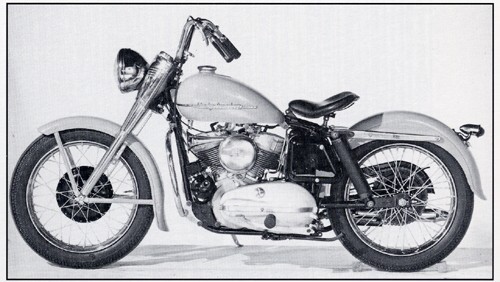
Read: Harley K-Model History
KR Race Bike
Based on the K Model, the factory KR750 dirt track racer had a rigid frame like the old WR racer, with a bolt-on sub-frame allowing riders to switch back and forth for different types of track competition. Chromemoly tubing was used with traditional cast iron frame lugs. Besides high-performance engine parts, hubs, rims, brakes, six gallon tanks and full fairings were available as factory racing parts.
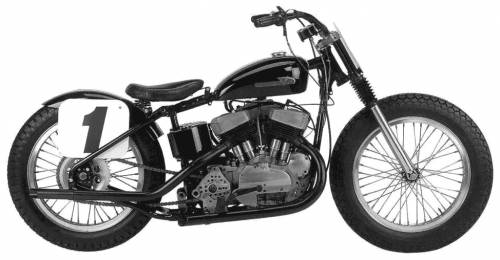
Produced from 1952 to 1968, the Harley KR750 proved to be a one of the most successful factory bikes, winning 12 of 15 Daytona national championship races between 1955 and 1969. It attracted future legends, such as Tom Sifton and Gary Nixon.
********************
Indian Goes Bankrupt
After nearly 50 years as Harley's main competitor, the Indian Motorcycle Company went bankrupt in 1953. When Indian closed its doors, Harley-Davidson was the only American Motorcycle manufacturer, and increased sales resulted.
********************
50th Anniversary Harley-Davidson
Why 1954 was chosen as the 50th year and not 1953 is a topic of debate - all subsequent Harley-Davidson anniversary models would use 1903 as year one. All anniversary models were adorned with a special trim package.
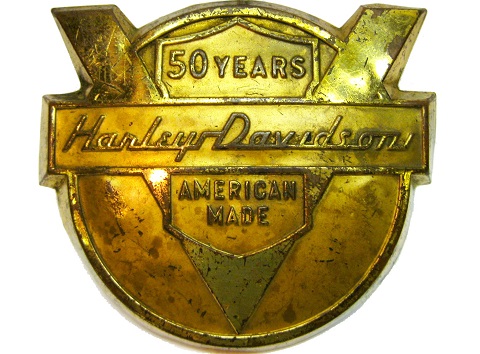
"50 Years Harley-Davidson American Made"
********************
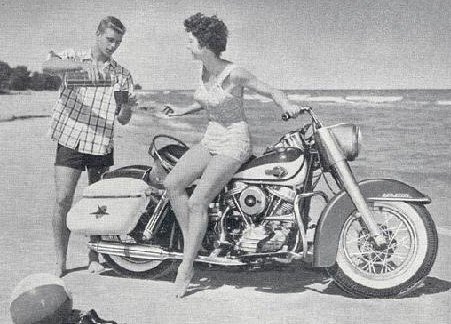
Read: History of the Panhead
********************
Harley-Davidson Sportster
The Ironhead Sportster was produced from 1957 to 1985. Sales increased nearly every year, along with improvements in power, handling, and reliability.
Read: Early Sportster History (1957-1966)
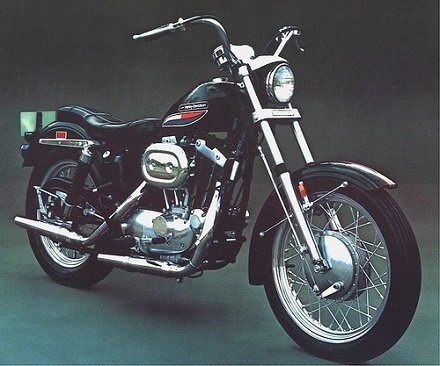
Read: Sportster History (1967-1979)
The Sportster's unique sound while idling is a consequence of it's uneven firing pattern. After the rear cylinder fires, the crankshaft completes 405 degrees of rotation before the front cylinder fires, then 315 degrees of rotation until the back cylinder fires again.
Read: Sportster History (1980-1985)
*********************
Harley-Davidson 125cc Models (1948-1966)
The Motor Company produced several small-displacement bikes, including the Hummer, Ranger, Pacer, Scout, Bobcat, Super 10, and Model 165. All these models shared the same engine, a 125cc two-stroke that was based on the German DKW RT125.
Harley Topper Scooter (1960-1965)
Also utilizing the 125cc two-stroke was the Topper scooter.
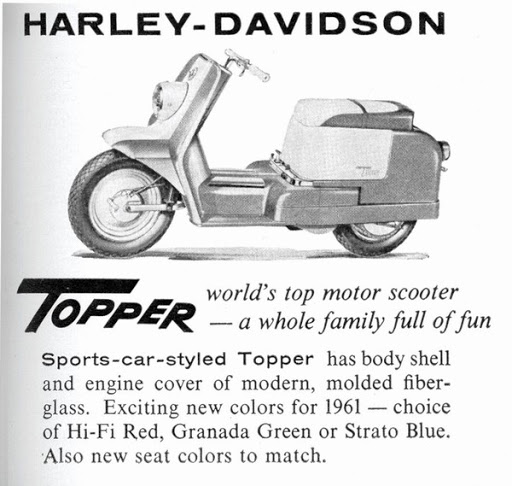
The H-D Topper had a fiberglass body, continuously variable transmission, and pull-cord starter. Ultra-rare options include a factory sidecar and a side-mounted utility box.
Harley Sprint
The Harley Sprint was produced by the company's Italian affiliate, Aeromacchi Harley-Davidson. of whom the Motor Company bought 50 percent of in 1960. From 1961 through 1968, the lightweight bike was powered by a single-cylinder 250cc engine.
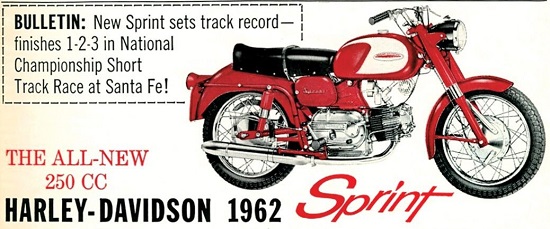
Looking to generate more sales, the sportier Sprint H and C models were introduced in 1963. In 1969, engine displacement increased to 350cc.
Fun Fact: The Sprint's kick starter was on the left side, with kickstand on the right.
********************
Harley-Davidson Shovelhead
After it's introduction in 1966, the Harley-Davidson Shovelhead saw numerous changes over 17 years of production. The OHV big-twin motor had originally displaced 74 cubic-inches, increasing to 80 cubic-inches in mid-1978.
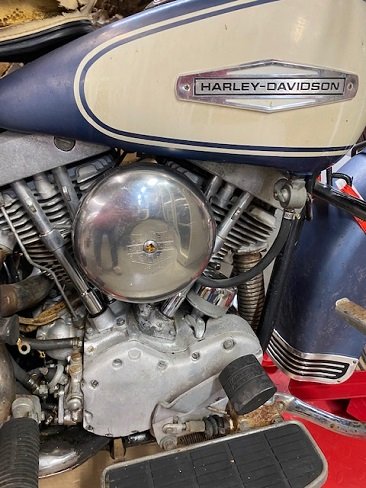
Read: Harley-Davidson Shovelhead History
AMF Takeover
In 1969, the Harley-Davidson Motor Company was facing bankruptcy. They were acquired by AMF (American Machine and Foundry Company), a large business conglomerate who manufactured and sold, among other things, lawn and garden equipment, golf clubs, snowmobiles, sailboats, powerboats, mopeds, and now, motorcycles.
********************
Harley Super Glide
By pairing the smaller and lighter Sportster front end with the frame and drivetrain from a Big-Twin bike, the Harley FX series was born. Although not a big seller at the time, the 1971 Super Glide is considered the first factory custom motorcycle.
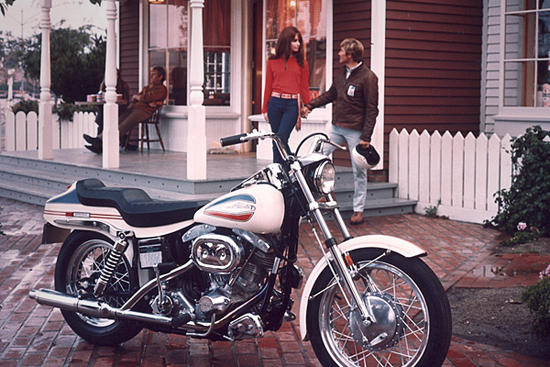
In 1973, Harley-Davidson opened a second manufacturing plant in York, Pennsylvania. The original factory was and still is in Milwaukee, Wisconsin.
Harley-Davidson Racing
The A.M.A. Grand National Racing has several venues, including the mile, half-mile, short-track, TT Steeplechase, and road-race. The most popular has been the mile course, run on an oval-shaped, dirt track. With bikes capable of speeds over 120-mph, the races are always exciting, with numerous lead changes and plenty of close racing. Flat-track racing favors motorcycles with larger engine displacements, such as the Harley-Davidson XR750.
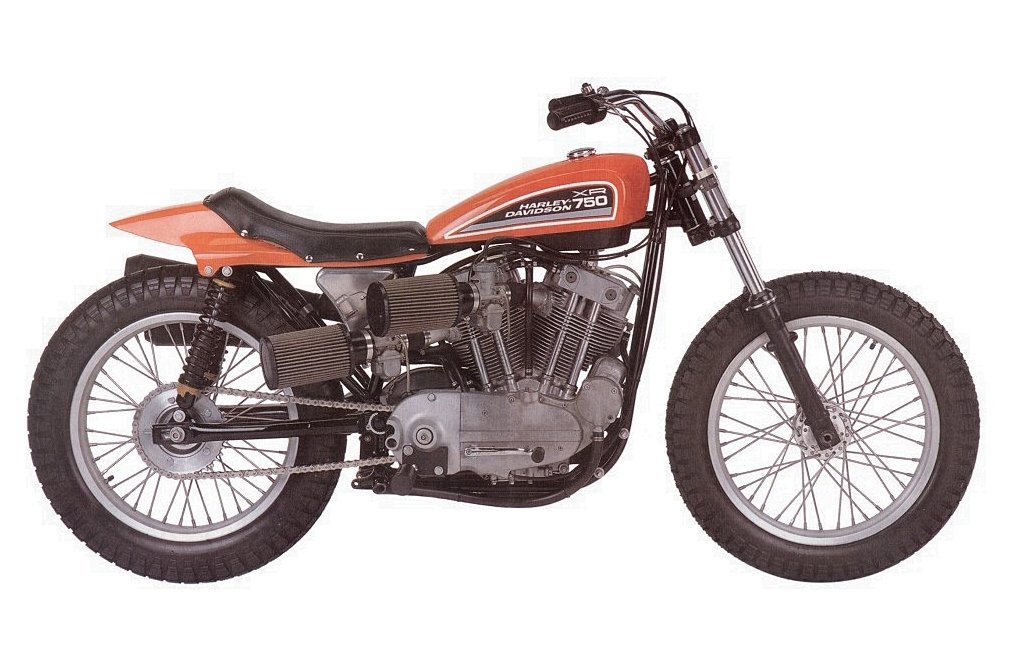
Read: Harley-Davidson XR750
Jay Springsteen, a member of the Harley-Davidson factory race team, won three consecutive A.M.A. Grand National Championship in 1976, 1977, and 1978. Many of America's top road-racers running in MotoGP have been brought through the ranks from oval dirt tracks.
_________________________________________________
_________________________________________________
Harley Cafe Racer
Harley-Davidson produced the XLCR Cafe Racer in 1977 and 1978, competing against much lighter and faster bikes such as the Kawasaki Z-1, Ducati 900SS, and BMW R90S. While not fully appreciated in its day, today they are prized collectors items. The Harley Cafe Racer helped future Sportster models achieve better handling, braking and agility.
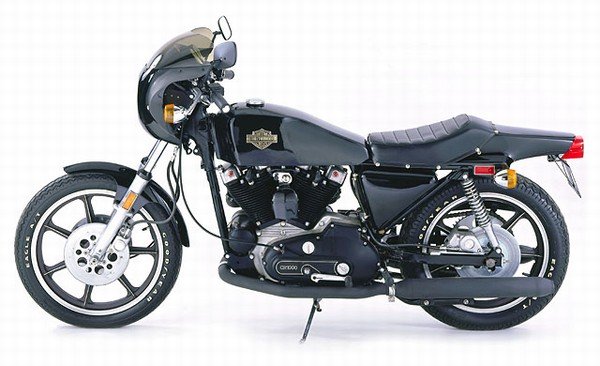
Read: Harley-Davidson Cafe Racer
Harley Low Rider
The first of several carnations of the FX Super Glide model was seen in 1977, when the FXS Low Rider made its debut. Lowered rear suspension gave the bike a 27" seat height, and two-into-one exhaust, cast alloy wheels, and dual front disc brakes made the Low Rider stand apart from the earlier FX Super Glide.
Read: Harley-Davidson FX Model History
Confederate Edition Harley-Davidson
In 1977, the Motor Company offered very limited edition "Confederate Edition" motorcycles. Essentially decals-only in difference from standard models, the "Stars and Bars" flag adorned gas tanks and fender.
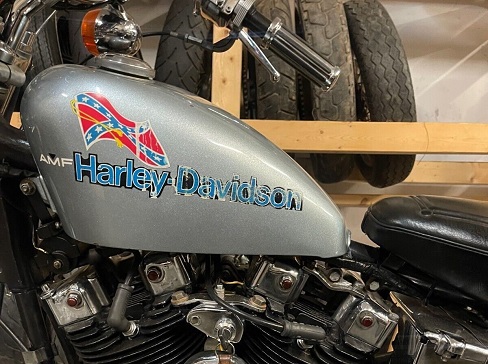
Production numbers of Confederate Edition Harleys were very low, with reportedly 299 Confederate Sportster XL's, 45 Sportster XLCH's, and 15 Sportster XLT models sold.
Harley-Davidson After AMF
The year 1981 marked the end of a 12-year relationship between Harley-Davidson and AMF. A group of investors, led by Vaughn Beals and Willie G. Davidson, bought the Motor Company back for a reported $80 million. Once that was done, they put themselves on the stock market, sold shares of the company to the public, and pulled themselves out of a large debt.
Harley FXR
Introduced in 1982, the Super Glide II (FXR) differed from the existing FX models. Where other FX models still had solid engine mounting and a four-speed transmission, the FXR shared the rubber-mounted engine and a five-speed transmission with FLT Tour Glide. The model years 1982-1983 FXR were equipped with the Shovelhead engine, while subsequent models had the Evo motor.
The year 1982 saw Harley-Davidson motorcycle sales at an all-time low. In order to help them and American economy, U.S. President Ronald Reagan imposed a 45% tax on imported motorcycles, reduced to 35% in 1984. While this was done to slow down Japanese motorcycle sales, it severely hurt British and European bikes. By 1987, the tariff was reduced to 10%.
Harley VIN Numbers
Up until 1969, Harley-Davidson VIN numbers appeared only on the engine case and usually started at 1000 each new year. Starting in 1970, the VIN appeared on the engine and the frame. The Motor Company didn't necessarily assemble machines in exact numerical (serial number) order. Sometimes engines were held back due to one reason or another, so it's possible that an engine with a numerically lower VIN number may have reached the final assembly line after engines which had a numerically higher VIN number.
To help combat vehicle theft, all car, truck, and motorcycle manufacturers began using a 17-digit VIN starting in 1981.
Buyer Beware
If you are looking at buying an classic Harley project bike and there are no numbers on the base of a motor, they may have been ground off intentionally (stolen motor). Beware of buying a 1970 or later Harley motor with no frame and registering it with the engine's VIN. It isn't going to be the true Harley title. Another person may be riding around in the frame with a different or aftermarket motor, and that bike is correctly titled off the frame number. If you get stopped and they run your VIN number, your bike could get impounded because there's another bike out there that is correctly registered with the same VIN.
Note: For custom bikes with non-matching VIN numbers, most motor vehicle offices will go with frame number after 1970 and/or issue you a totally new VIN number (stamped) plate for your bike.
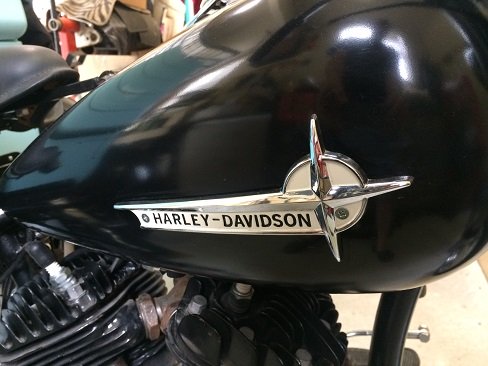
A large percentage of old Harleys have been "customized" through the decades. Many good-intentioned riders built choppers through the sixties and seventies, cutting and raking necks and removing/throwing away good factory parts. This is why, if you happen to find an old bike that's original or close to it, the best thing to do is restore it correctly or consider selling it to someone who will.
********************
Related Articles: